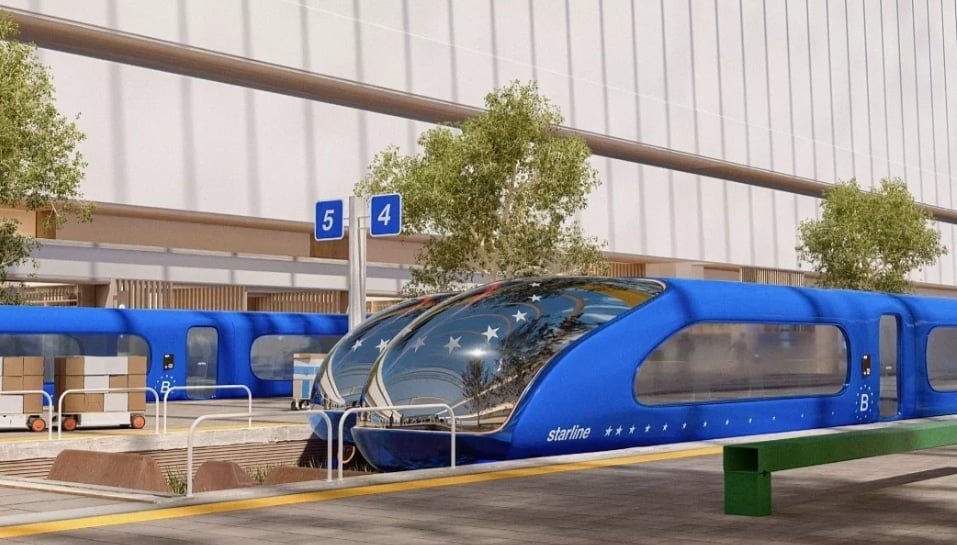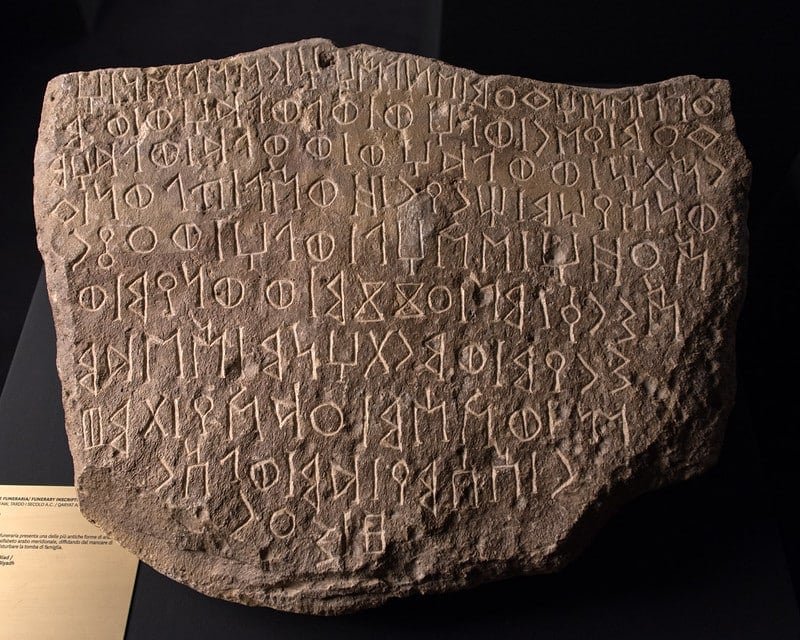
A new and ambitious project, aiming to rival air travel across Europe by linking dozens of European destinations through a high-speed rail network that will function like a metro system, has been put on the table for the continent’s travel future.
A Copenhagen-based think tank, 21st Europe envisions connecting 39 destinations in European countries—with lines reaching as far as the UK, Turkey and Ukraine—by 2040. The newly announced proposal calls for a Europe-wide, high-speed rail network named Starline, which will introduce ultra-fast travel connections between European cities and will hopefully reinvent the continent’s “fragmented, uneven, often slow” rail infrastructure.
“A truly integrated rail system is no longer just a matter of convenience; it’s a strategic necessity for Europe’s resilience in the 21st century,” the proposal states, while the think tank has published a map to demonstrate how the 39 cities—from Dublin to Kiyv and Helsinki to Lisbon—could be connected.
“Designed like a metro system, [Starline] changes how Europeans perceive their own continent—not as a collection of distant capitals, but as a single, fast-moving network where every connection, whether for people or goods, is within easy reach,” the proposal adds.

How the Europe-wide metro system could revolutionize travel in the future
Transport is one of Europe’s biggest climate challenges, with short-haul flights remaining the default travel mode for millions of passengers. At the same time, high-speed rail alternatives emit up to 90 percent less CO2 per journey.
Seen as an environmental project too, 21st Europe says “A bold shift to high-speed rail might be Europe’s best chance to meet its 2050 net-zero goals while ensuring mobility remains both fast and green.”
The Starline network aims to span 22,000 kilometers, and it is estimated to be 30 percent faster than road and current rail travel, with trains operating at 300-400 kilometers per hour. That would mean that passengers could get from Helsinki, Finland to Berlin in Germany in just over five hours instead of it being the full-day journey it is today.
“Kiyv to Berlin, historically an overnight trip, becomes a predictable seamless connection,” the think tank says. “Milan to Munich, a slow and winding route today, transforms into a high-frequency link between major economic centers.”

According to 21st Europe, carriages won’t be divided by classes but by spaces for different needs, such as quiet zones for working and sections that are family-oriented. The trains will arrive at newly built stations outside major cities, from where there’ll be connections to existing urban transport systems.
Starline, the think tanks says, will be publicly funded and run by approved national rail companies. But will a Europe-wide metro system be popular among European travelers? Think tank 21st Europe says it undoubtedly will. “The desire for open, accessible travel is clear. Yet, despite public demand, cross-border travel remains fragmented, slow and expensive.”


